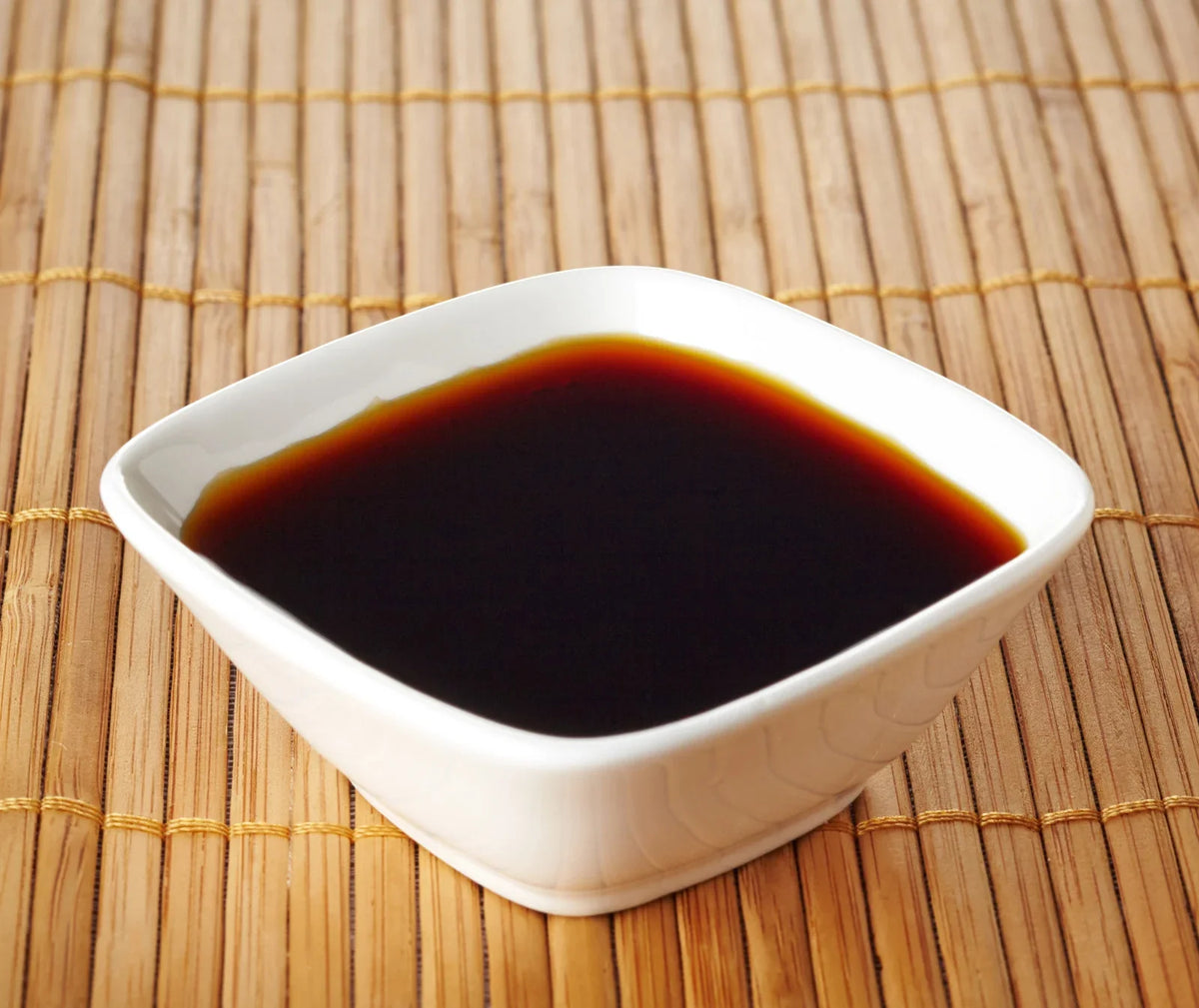

Soy sauce is much more than a condiment in Japan; it's a cultural icon that enhances flavors and connects people to centuries of culinary tradition. In this guide, we'll explore the rich history and diverse applications of Japanese soy sauce, providing valuable insights for those passionate about Japanese culture and cuisine. Whether you're a seasoned foodie or a curious newcomer, you'll find plenty to love about this essential staple of Japanese cooking.
The Rich History of Japanese Soy Sauce
Japanese soy sauce has a fascinating history, rooted in an ancient tradition that began over a thousand years ago. Originally derived from a Chinese seasoning called "jan," soy sauce made its debut in Japan around the 13th century. It was initially known as "hishio," a flavorful combination of soy sauce and miso paste, reserved for luxurious palace banquets. The Japanese adaptation of soy sauce gained prominence when a Zen priest named Kakushin discovered a dark, flavorful liquid runoff from miso production. Thus, the first Japanese soy sauce, "tamari," was born.
Expanding beyond its early origins, soy sauce became increasingly popular throughout Japan. By the late 16th century, different varieties were emerging, each with its unique flavor profile and culinary application. These developments laid the foundation for the diverse and versatile soy sauces we know today.
The Art of Soy Sauce Making
The traditional fermentation process is key to the unique taste of Japanese soy sauce. The intricate process begins with steaming soybeans and roasting wheat, which are then mixed with koji mold. This mixture undergoes fermentation, during which enzymes break down proteins and starches, releasing complex flavors and aromas.
The fermentation process can take several months, allowing the soy sauce to develop its signature umami-rich taste and deep color. The craftsmanship involved ensures each batch of soy sauce is rich in flavor, making it a beloved ingredient in Japanese cuisine.
Exploring the Varieties of Japanese Soy Sauce
Koikuchi (Dark Soy Sauce)
Usukuchi (Light Soy Sauce)
Tamari (Soybean Soy Sauce)
Saishikomi (Twice-Brewed Soy Sauce)
Shiro (White Soy Sauce)
The Health Benefits of Soy Sauce
Beyond flavor, soy sauce offers several health benefits. It's low in calories and rich in antioxidants, which help fight free radicals in the body. Additionally, soy sauce contains essential amino acids and minerals, contributing to overall health.
Though soy sauce is high in sodium, using it in moderation can enhance the flavor of dishes without adding excess salt. Its umami taste means less is needed to achieve the desired flavor, making it a healthier choice for seasoning.
Incorporating Soy Sauce into Japanese Cuisine
Soy sauce is a staple in Japanese cooking, enhancing dishes from simple rice bowls to complex ramen recipes. Here are some popular ways to use soy sauce in your cooking:
- Sushi and Sashimi : Dip fresh fish slices into soy sauce mixed with wasabi for enhanced flavor.
- Teriyaki Sauce : Combine soy sauce with mirin and sugar to create a sweet, savory glaze for chicken or beef.
- Miso Soup : Add a splash of soy sauce for added depth in this comforting staple.
- Noodles : Drizzle soy sauce over stir-fried noodles for a savory touch.
Experimenting with different soy sauce types can lead to delightful flavor discoveries in your favorite Japanese dishes.
Finding Authentic Japanese Soy Sauce
When sourcing authentic Japanese soy sauce, look for markers of quality, such as naturally brewed labels and recognizable brands like Kikkoman and Yamasa. Specialty stores and online marketplaces often offer a wider selection of premium soy sauces.
Pay attention to the ingredients list; authentic soy sauce should have minimal additives and preservatives. Quality soy sauce is typically dark, rich, and aromatic, indicative of traditional fermentation processes.
Conclusion
Japanese soy sauce is an essential element of Japan's culinary landscape, embodying centuries of tradition and craftsmanship. Its versatility and depth of flavor make it a favorite among chefs and home cooks alike. Whether you're enhancing everyday meals or exploring new recipes, soy sauce offers endless possibilities for culinary creativity.
By understanding its history, varieties, and benefits, you can fully appreciate the role of soy sauce in Japanese culture and cuisine. Embark on your flavor-enhancing adventure today, and discover the richness of Japanese soy sauce in your own kitchen.



